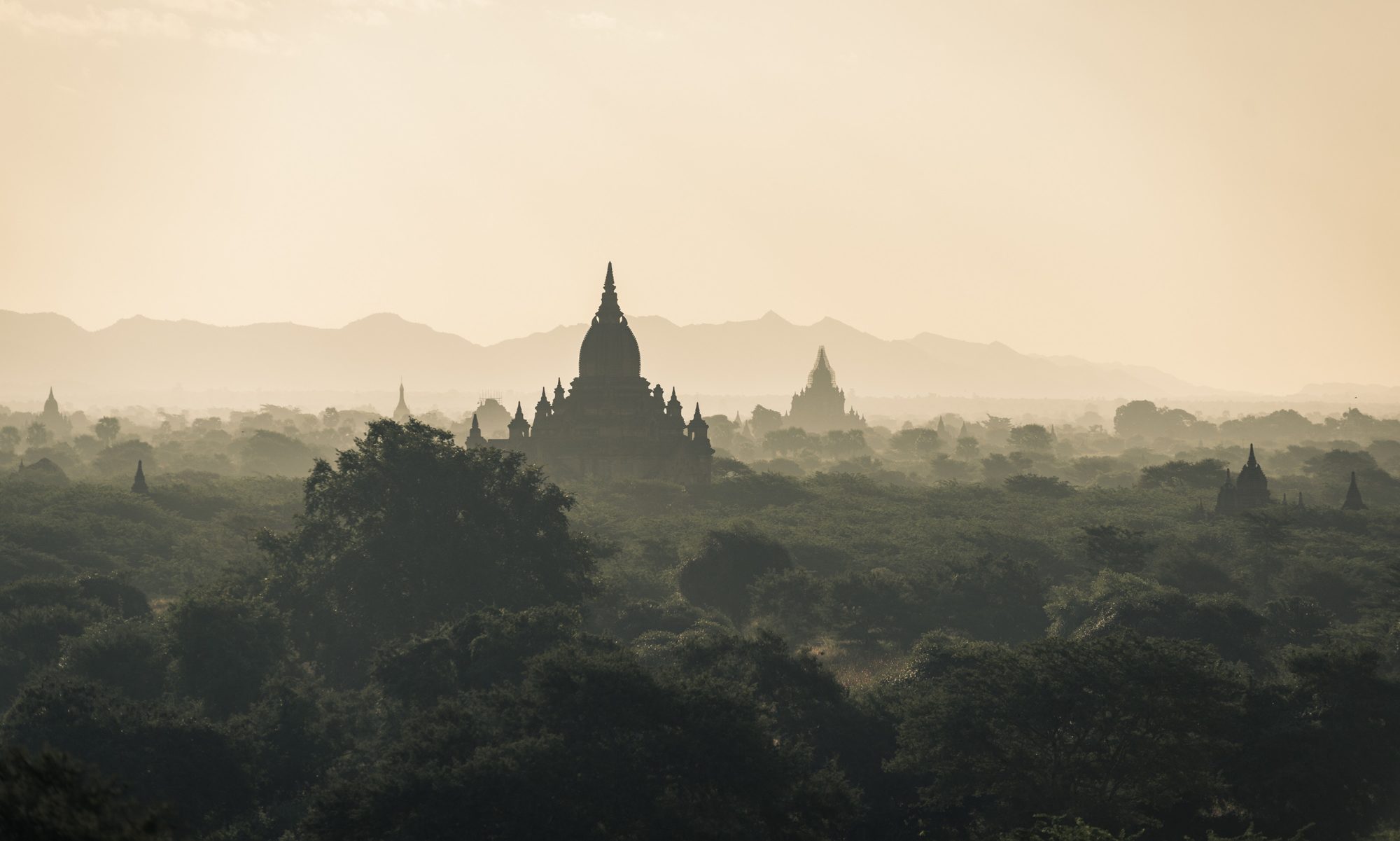The Shwedagone Pagoda
Any reference to Myanmar brings to mind pictures of a tall imposing golden dome of a vast structure against the backdrop of the clear blue sky, and as dusk descends, it lights up the surrounding areas as the hundreds of lights luminate the glittering gold. This is the Shwedagone Pagoda, also called the Great Pagoda, the Golden Pagoda or the Shwedagone Zedi Daw.
From a picture post card to images online, none do justice to the 99-meter tall Shwedagone Pagoda. With a city built around it, one crosses it frequently enough but none of us ever have our fill of the place. There is something that fascinates, that tugs and we feel a pull towards it, and as we cross it, we stop everything else, to just keep looking till it disappears from sight, and absorb its beauty one more time.
The Shwedagone pagoda is one more reason to love Myanmar, and having seen this one pagoda, all others, despite their own charm, pale in comparison. Its not just about the beauty of the physical structure, its towering presence above and beyond other structures, but more about its peaceful, almost ethereal ambience which we are all so reluctant to leave.
The pagoda is 2500 years old with a long history. It was initially built by the Mons as a short 8.2-meter structure on top of the Singuttara Hill that lies to the west of the Royal Lake. Over time it has undergone renovations and now stands at 99 meters with layers of gold plates that make the structure glow at any time of the day and night.
It is the Shwedagone experience, and not its history, that I would like to share. An entrance fee of USD 8 is charged from tourists. As we enter, in sleeved shirts and full pants, the crowds are the first to catch our attention. One sees so many local Myanmar people, most other historical religious places would have a higher number of tourists. Tanakha on their faces, they softly make their way towards the entrance. This is what makes Myanmar different, from places like India-the crowds never rush, push or tug, no breaking of lines and no hurry to be the first to enter. Quietly everywhere, even the children, await their turn.
In five years, the quiet ambience has been replaced by crowded fervour just due to the number of visitors within. The ambience is no less mystical, but there is often a wait to worship at shrines, pouring water, or the exact spot on the platform from where one can see the different colours reflected as the rays of the setting sun and the spotlights thereafter, fall on the large diamond and other gems at the top of the stupa. The top of the stupa is encrusted with gems including 5448 diamonds, 2317 rubies, sapphires and other gems, 1065 golden bells, and a single large 76-carat diamond.
The best time to visit the Pagoda are either early morning around sunrise before the sun reaches too high and becomes too hot, or around dusk when there is still natural light, and see the drift towards darkness and see artificial lighting flood the place illuminating the dome, spire, the 64 pagodas encircling the base, and every shrine.
A single visit is never enough to this oldest Buddhist pagoda in the world. Even after several trips one wants a chance to visit again. It is probably the peace and calm that permeates the soul, the feeling of being in a place far removed from the outside world.
As for myself, I have visited the Pagoda numerous times, and would happily go time and again. I cross it often from the outside and for those five minutes, as I drive by, my eyes remain glued to the sheer golden beauty of the Shwedagone Pagoda.
